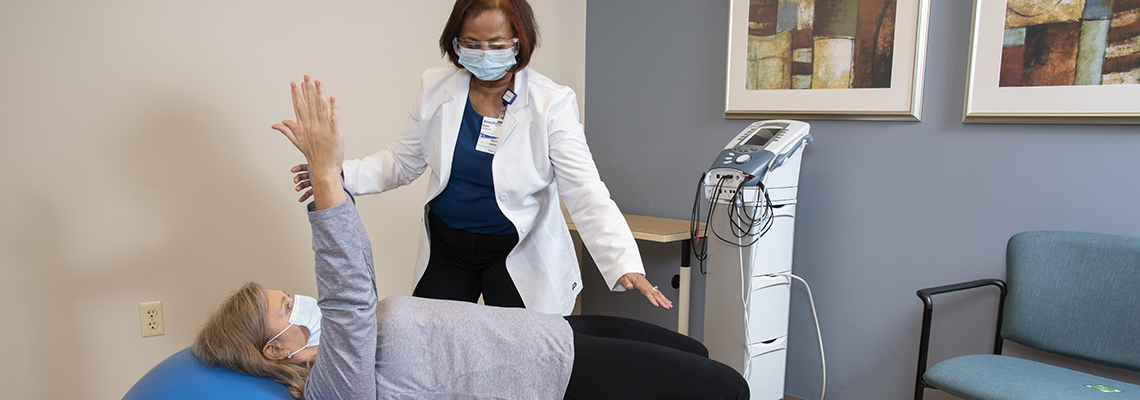One of the primary techniques used to reduce breathing difficulties in physical therapy is the practice of controlled breathing activities. These activities often concentrate on abdominal breathing, which promotes patients to use their breathing muscle rather than their upper chest muscles when breathing in. This approach helps to maximize lung volume and effectiveness. Additionally, pursed lip breathing is another technique that can be helpful. This method requires inhaling through the nose and exhaling slowly through pursed lips, which can help to keep airways open longer and make breathing feel easier. By incorporating these exercises into therapy appointments, physical therapists can provide patients with strategies to control their breathing difficulties both during and beyond of their sessions.
Another crucial element of managing dyspnea in physical therapy is the development of an individualized exercise regimen. Tailoring exercises to satisfy the individual needs and abilities of each patient is essential. Therapists should gradually introduce aerobic activities, such as walking or biking, in a structured manner, allowing patients to build their endurance over time. This incremental approach helps patients to feel more comfortable with physical activity while simultaneously improving their lung capability and overall endurance. It is important for therapists to monitor patients carefully during these activities to ensure they are not overworking themselves, which could lead to increased difficulty of breath.
Teaching also plays a significant role in reducing dyspnea during physical therapy appointments. Providing patients with knowledge about their condition and the mechanisms behind breathing difficulties can empower them to take charge of their health. Find Out More Therapists can describe how elements like anxiety, posture, and surrounding conditions can affect breathing. By understanding these ideas, patients can learn to control their issues more effectively. Techniques such as anxiety reduction strategies and proper body posture can additionally assist in minimizing the effects of dyspnea during routine activities and therapy appointments.
In conclusion, successfully reducing dyspnea in physical therapy appointments involves a combination of breathing exercises, personalized exercise regimens, and patient education. By implementing these efficient methods, physical therapists can assist patients control their breathing difficulties and improve their overall well-being. Collaboration between therapists and patients is crucial to create customized interventions that address individual needs. With the appropriate support and methods, patients can experience relief from dyspnea and engage more completely in their physical therapy process, eventually leading to a better quality of life.
